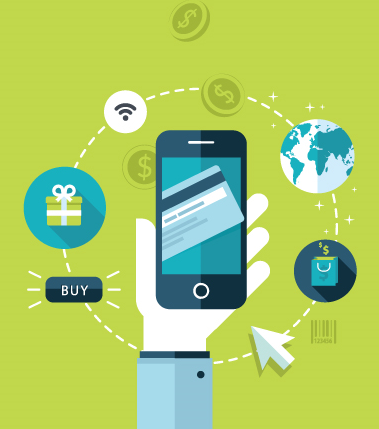Visa Exec: Convergence of Payments with Commerce Is Industry’s Next Challenge
 The convergence of mobile payments and commerce will be the payoff for merchants investing in m-payments technology, but the payments industry has a lot of work ahead to help marry payments with the shopping experience to enrich consumers’ experiences, Phil Kumnick, senior vice president of global acquirer processing for Visa Inc., told attendees at the NFC Solutions Summit in Phoenix on Oct. 7.
The convergence of mobile payments and commerce will be the payoff for merchants investing in m-payments technology, but the payments industry has a lot of work ahead to help marry payments with the shopping experience to enrich consumers’ experiences, Phil Kumnick, senior vice president of global acquirer processing for Visa Inc., told attendees at the NFC Solutions Summit in Phoenix on Oct. 7.
“The commerce experience is changing [with the advent of mobile payments], with consumers demanding convenience and merchants demanding better ways to connect to consumers,” Kumnick said. “What the payments industry needs to think about—very quickly—is how we can become drivers of standards for coupons, for loyalty programs and for all the things consumers check in with via merchants.” Coupon and loyalty programs already are evolving, but the payments industry needs to be part of it to stay relevant as commerce goes mobile, Kumnick suggested. “We can’t wait for standards and certifications that we unanimously support to appear like we’re the United Nations. We need to be part of developing this process, even if it means trying, failing, fixing things and trying again.”
While NFC has become a popular approach to enabling contactless payments via handsets at the POS, we can expect to see diverse approaches to m-payments evolving alongside NFC, Kumnick predicts. “Visa is supporting and building out all kinds of proximity technology, including QR codes, which make sense in a lot of environments.” QR code technology currently provides “a lot of flexibility” for adding more commerce capabilities, and that may be a fertile area of development for Visa in the near future.
Security will continue to be a vital requirement for all m-payments technology, Kumnick emphasized. Tokenization, introduced to the payments industry with Apple Pay one year ago, was a breakthrough in enabling wide deployment of secure mobile transactions, he noted. Visa executives were among those Apple invited to a secret location in New York in June 2013 to learn about Apple Pay and its goal to develop a universal tokenization standard, he recalled.
“We accomplished that [as an industry] in 15 months, one of the fastest changes I’ve ever seen in this industry . . . and it came about because a consumer products company pushed for it.” The next phase of payments likely will involve similar cooperative development with product marketers and merchants, Kumnick believes, but he urged the industry to “act fast” to maintain a key role in the next phase of developing commercial technology to create a richer shopping experience for consumers.
Related stories:







































